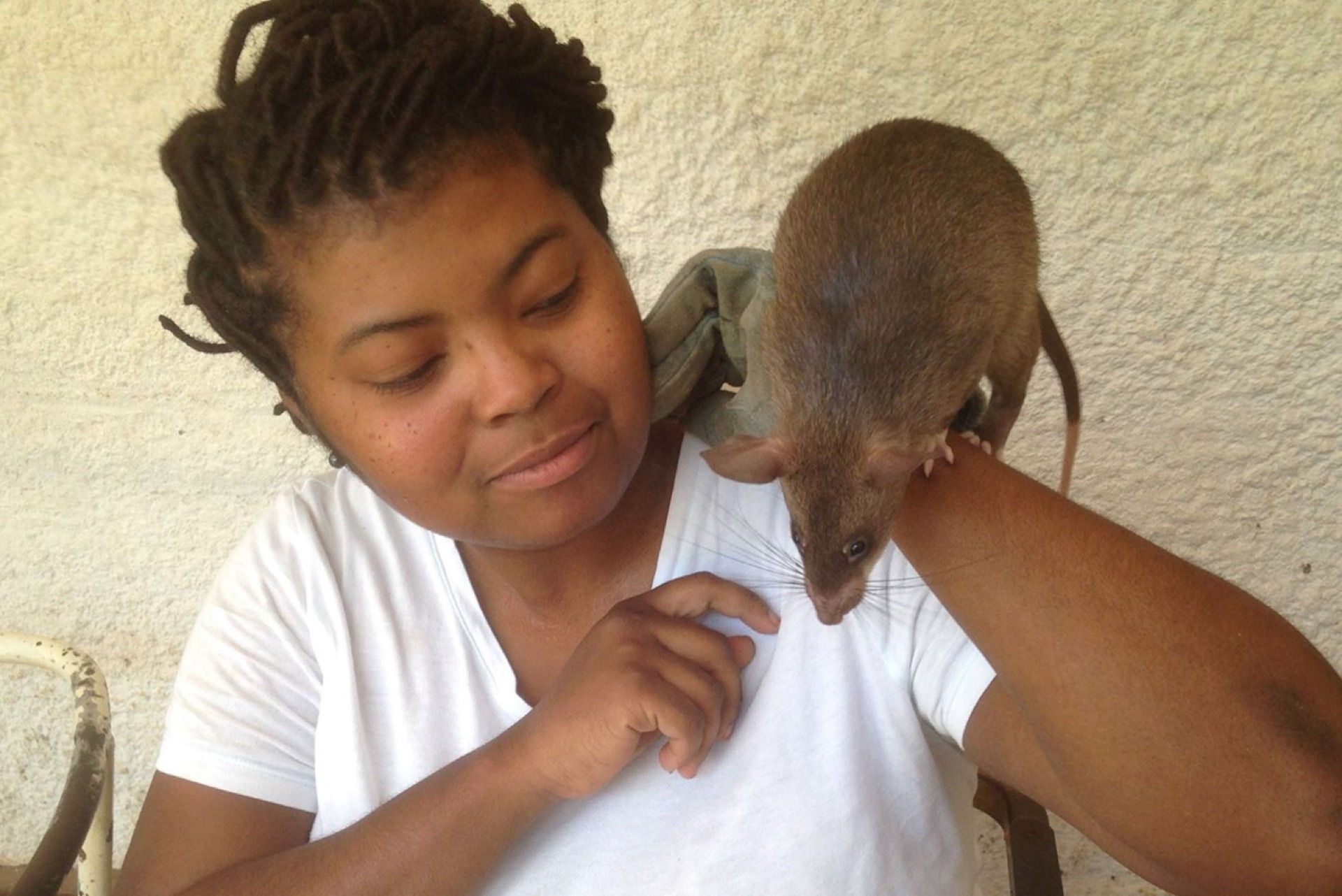With the arrival of winter, the joys of outdoor gardening are on the line. Trees and perennial flowers have fallen asleep and the weather outside is far from welcoming. At the same time, the holiday season can bring uninvited guests like stress and depression.
While outdoor gardening is no longer an option, houseplants are a great way to create a lush green environment in your home. Houseplants offer many health benefits, including improved mental resilience during times of stress. Wintergreen indoors can lift your spirits and reduce anxiety.
Steps to create indoor greenery:
- Select plants that match your aesthetic preferences, but at the same time have the resilience to survive for years to come.
- Before you buy, research houseplants and check their profiles to learn about care and diseases. Most importantly, do not mix plants with different soil and watering needs. Here are some hardy houseplants you might consider: Minimum watering: cacti, mini jade plant, aloe vera, snake plant, palm ponytail, dracaena marginata cane, money tree. Regular watering: dum cane, English glacier ivy, monstera deliciosa, peace lily, spider plant, asparagus fern.
- Choose the right pot. Double potting is the best approach to indoor plants. Choose a decorative pot without drainage for the outer pot and place your plant in it in a standard plastic nursery container with drainage in the bottom. Excess water sinks to the bottom of the decorative pot, keeping the soil moist longer.
- water only when needed. To determine when to water, poke your finger up to 2-3 inches into the soil and only water when the soil feels dry. Use room temperature water to water your plants. Cool water might shock them. Remember that too much water leads to diseased plants.
- The stressful winter conditions can weaken your plants and lead to infestations of aphids, spider mites and other pests. If any of your plants become infected with a fungus or insect pest, isolate them and spray them with a neem oil solution. Reapply the solution until the condition disappears.
Let there be light
Most of our favorite houseplants are tropical in origin, so the shorter winter days can be challenging for them. While some grow in the shade in their natural habitats and don’t need bright sunlight, limited sunlight can slow down your houseplants’ metabolism, causing some to become dormant.
Providing as much light as possible will give your plants a boost. Here are some tips:
- If your plants have thrived in the same spot over the years, well enough leave them alone – don’t move them.
- Spots with partial sunlight can be filled with plants that thrive in indirect light.
- If plants are in locations that get sun at other times of the year but not in winter, try placing them near a south-facing window; there they get the most of the precious winter sunlight.
- Keep the leaves of the plant clean and make sure there is no dust. This allows the plants to absorb more light.
- To compensate for a lack of light in your home, you can use grow lamps or simply add an indoor UV lamp.
To fertilize or not to fertilize?
Soil quality is a key to a successful indoor garden. You can start with a soil mix that contains compost or some organic fertilizer. A combination of organic soil and compost is a wonderful way to enhance the growth of your plants.
The soil in your potted plants is often completely depleted after the first season; To control this, use a good quality organic fertilizer during the spring and summer.
Winter temperature management
Wintry indoor temperatures can become a problem. Like humans, houseplants are living organisms and are vulnerable to temperature changes. If you’re happy with your indoor temperature, chances are your plants will be too, but like you, they’re sensitive to drafts, excessive cold, and overheating. To protect them:
- Keep them away from frosty windows. Frost can severely damage your plants, and the area next to a window is likely to be cooler than the inside of the room.
- Keep them away from cold drafts.
- While we usually think of cold as the biggest challenge in winter, overheating indoors can also be a problem. Avoid placing them too close to heaters, radiators, or chimneys as the excessive dry heat can dry out the plants and burn the leaves.
repot?
Although repotting is essential to the health of houseplants, unless it’s an emergency, you shouldn’t do it in the winter. Plants can easily recover from repotting stress during the growing season, but winter is more of a challenge.
Indoor plants are more than just decoration. They bring great benefits to you and your family, increasing your winter spirit and improving air quality by filtering toxins and converting carbon dioxide into oxygen.
Keep them healthy and you will enjoy your plants for many years to come.
Jose German-Gomez is an environmental activist, certified gardener in Essex County, and resident of Montclair. He is the founder of the Northeast Earth Coalition.






